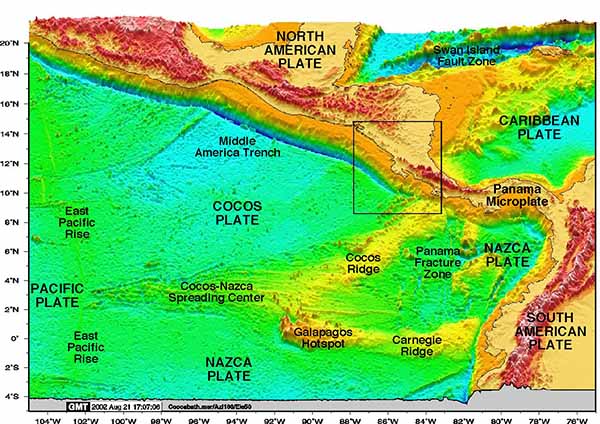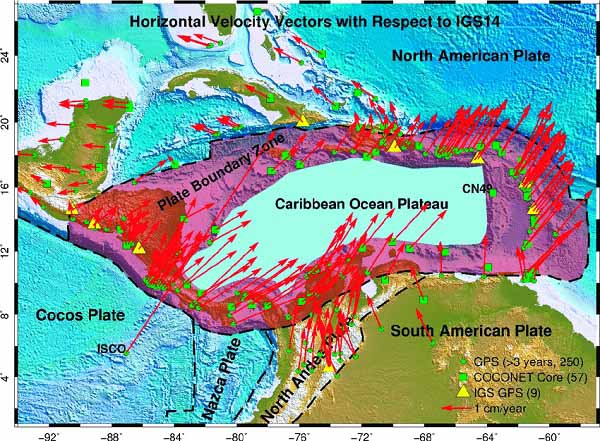
Category: Earthquakes
Deep strong earthquake in Chiapas, Mexico. 2017
Introduction
The 2017 Chiapas earthquake struck at 23:49 CDT on 7 September in the Gulf of Tehuantepec off the southern coast of Mexico, near state of Chiapas, approximately 87 kilometres (54 mi) south of Pijijiapan, with a Mercalli intensity of IX (Violent). The magnitude was estimated to be Mw 8.1.
The earthquake caused some buildings in Mexico City to tremble, prompting people to evacuate. It also generated a tsunami with waves of 1.75 metres (5 ft 9 in) above tide level; and tsunami alerts were issued for surrounding areas. It was also the second strongest recorded in the country’s history, behind the magnitude 8.6 earthquake in 1787, and the most intense recorded globally, so far in 2017.
Continue reading “Deep strong earthquake in Chiapas, Mexico. 2017”
Central America Tectonic Setting
Introduction
Extensive diversity and complexity of tectonic regimes characterizes the perimeter of the Caribbean plate, involving no fewer than four major plates (North America plate, South America plate, Nazca plate, and Cocos plate). Inclined zones of deep earthquakes (Wadati-Benioff zones), ocean trenches, and arcs of volcanoes clearly indicate subduction of oceanic lithosphere along the Central American and Atlantic Ocean margins of the Caribbean plate. While crustal seismicity in Guatemala, northern Venezuela, and the Cayman Ridge and Cayman Trench indicate transform fault and pull-apart basin tectonics.


